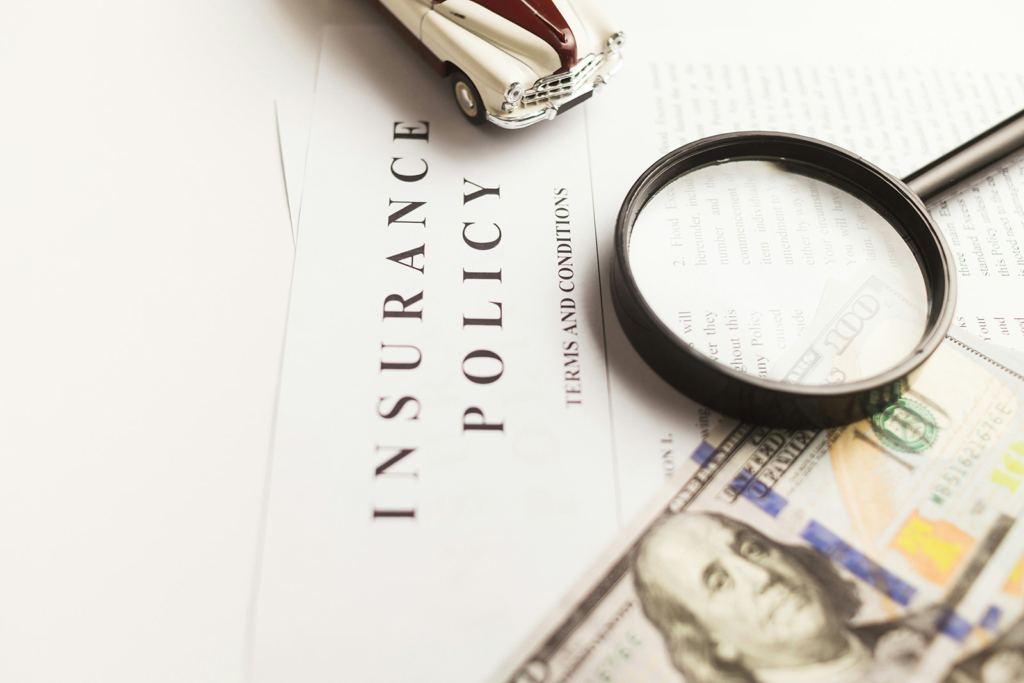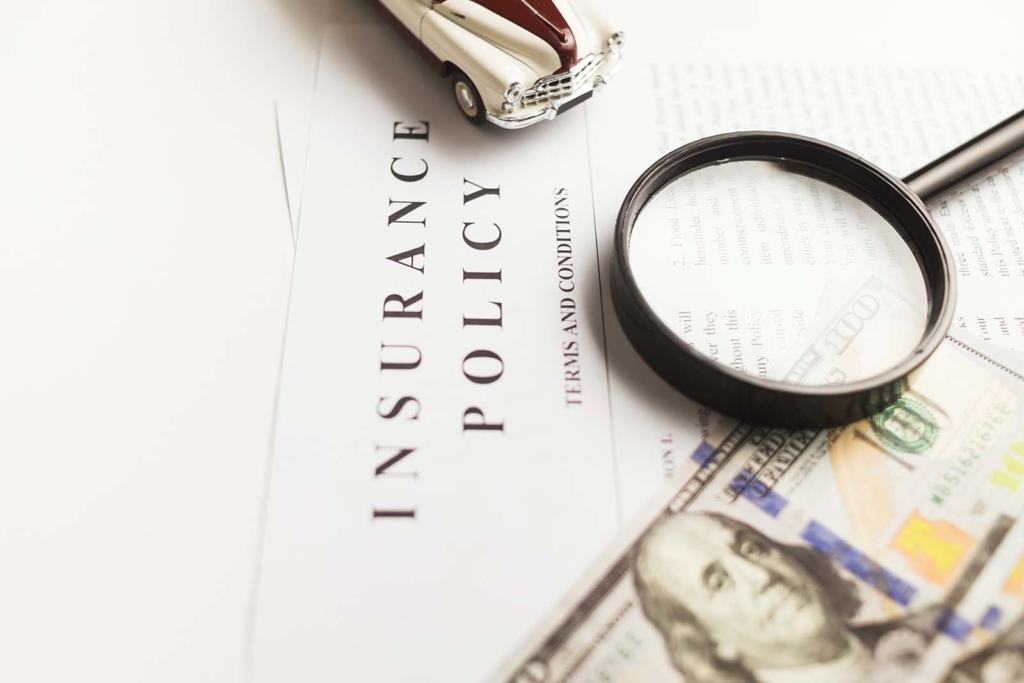Motor insurance is a necessary expense for any driver, but it can be difficult to understand how insurance premiums are calculated. Age and gender are two factors that can significantly impact the cost of motor insurance premiums. In this article, we will explore the relationship between insurance premiums and the driver’s age and gender, using real-life examples to illustrate our points.
The relationship between age and insurance premiums
Age is one of the most significant factors used to determine motor insurance premiums. Younger drivers are generally considered to be riskier to insure because they are more likely to be involved in accidents. This is why insurance premiums tend to be higher for drivers under the age of 25.
For example, let’s consider a 20-year-old driver in California, USA who has a clean driving record and wants to insure a 2019 Toyota Camry. According to data from Insure.com, the average cost of motor insurance for this driver would be Ksh 527,601.60 (USD 3,888) per year. In contrast, a 45-year-old driver with the same motor and driving record would pay an average of Ksh 197,443.50 (USD 1,455) per year for motor insurance.
Why do younger drivers pay more for motor insurance? According to the National Highway Traffic Safety Administration, drivers under the age of 25 are more likely to be involved in accidents than any other age group. In fact, drivers between the ages of 16 and 19 have the highest crash rates of any age group.
Additionally, younger drivers may not have as much experience on the road, which can make them more likely to make mistakes behind the wheel. This lack of experience can lead to accidents, which can cause insurance premiums to rise.
The relationship between gender and insurance premiums
Gender is another factor that can impact the cost of motor insurance premiums. Historically, insurance companies have charged higher premiums for male drivers than female drivers. This is because male drivers have been shown to be involved in more accidents than female drivers.
Gender-based insurance premium pricing for motor insurance is viewed as discriminatory and can perpetuate harmful gender stereotypes. Insurance companies charge different premiums based solely on the gender of the driver, which does not account for individual driving history or behavior. This assumption that all drivers of a particular gender are the same in terms of risk is not accurate or fair. Furthermore, gender-based insurance premium pricing can result in higher costs for certain groups of people and reinforces gender stereotypes. In recent years, some countries and states in the US have passed laws that prohibit insurance companies from using gender as a factor in setting insurance premiums. Insurance companies are increasingly basing premiums on individual risk factors rather than gender.
Let’s consider a real-life example to illustrate the impact of gender on insurance premiums. According to data from Insure.com, a 25-year-old female driver in California, USA with a clean driving record who wants to insure a 2019 Toyota Camry would pay an average of Ksh 233,811.10 (USD 1,723) per year for motor insurance. In contrast, a 25-year-old male driver with the same motor and driving record would pay an average of Ksh 262,715.20 (USD 1,936) per year for motor insurance.
While this difference may not seem significant, it can add up over time. The average driver in the United States keeps their motor for about six years, which means that a male driver would pay an additional Ksh 151,608.60 (USD 1,116) in insurance premiums over the life of the motor compared to a female driver.
Age and gender are two important factors that can impact the cost of motor insurance premiums. Younger drivers are generally considered to be riskier to insure because they are more likely to be involved in accidents. Male drivers have historically paid higher insurance premiums than female drivers because they are more likely to be involved in accidents. However, some states have banned gender-based pricing for motor insurance.
It’s important to shop around for motor insurance to ensure that you’re getting the best possible rate. Insurance companies use a variety of factors to determine premiums, including age, gender, driving record, and type of motor. By comparing quotes from multiple insurance providers, you can find the coverage you need at a price you can afford.






